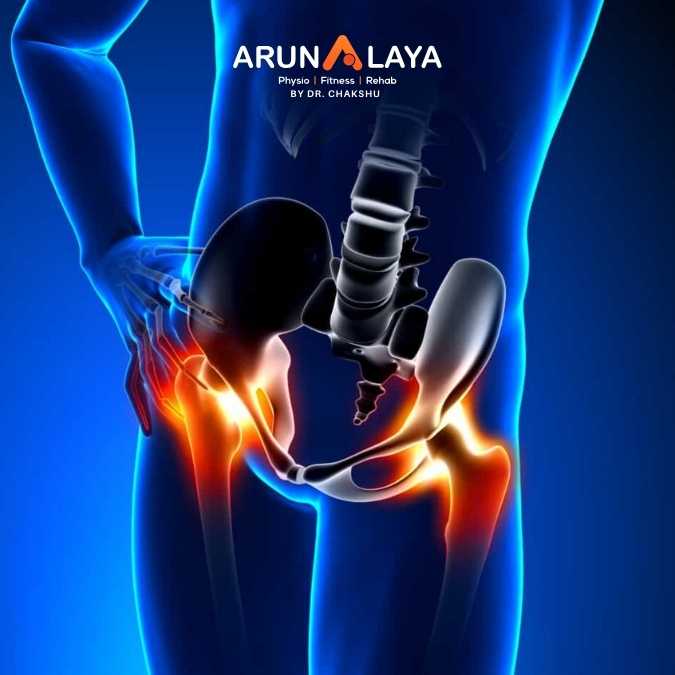Introduction: Constipation is an all-too-common issue among children, often causing discomfort and potential health complications. While dietary and lifestyle adjustments are initial steps in addressing this concern, pelvic floor physiotherapy is proving to be a valuable adjunctive approach for children dealing with persistent constipation. In this article, we will explore the significant role of pelvic floor physiotherapy in helping children overcome constipation and regain their comfort and well-being.

Understanding Pediatric Constipation: Pediatric constipation refers to the infrequency of bowel movements or difficulty in passing stool, frequently accompanied by abdominal pain and discomfort. This condition may result from various factors, encompassing dietary choices, hydration, and emotional stress. In certain cases, it may also be connected to issues with pelvic floor muscles, which are often overlooked as contributing factors.
Unveiling the Influence of Pelvic Floor Muscles: Pelvic floor muscles play a pivotal role in the process of bowel movements. When these muscles do not function correctly, they can hinder the natural relaxation and contraction necessary for effective bowel evacuation. Pelvic floor physiotherapy is designed to target these muscles and enhance their functionality.

The Mechanism of Pelvic Floor Physiotherapy:
- Comprehensive Assessment: The journey of pelvic floor physiotherapy starts with a thorough evaluation by a skilled physiotherapist. This assessment delves into factors such as muscle tone, strength, coordination, and the presence of any pelvic floor dysfunction.
- Customized Exercises: Based on the findings from the assessment, a personalized treatment plan is crafted. This plan may comprise exercises and techniques to either relax or strengthen the pelvic floor muscles.
- Biofeedback: Biofeedback is frequently employed to assist children in gaining awareness and control over their pelvic floor muscles. This method employs sensors to provide visual or auditory feedback, facilitating the child’s ability to utilize their muscles effectively during bowel movements.
- Lifestyle and Dietary Guidance: In addition to exercises, pelvic floor physiotherapists also offer guidance on lifestyle and dietary modifications that can support regular bowel movements. This may include optimizing hydration, fiber intake, and establishing healthy toilet habits.

Advantages of Pelvic Floor Physiotherapy:
- Enhanced Bowel Function: Through pelvic floor physiotherapy, children can experience improved coordination and functionality of their pelvic floor muscles, making regular and pain-free bowel movements more attainable.
- Discomfort Alleviation: Constipation often comes with discomfort and anxiety, which can significantly affect a child’s well-being. Pelvic floor physiotherapy can mitigate these symptoms, enhancing the overall quality of a child’s life.
- Preventative Measures: Educating children on proper pelvic floor muscle function at an early age can contribute to preventing future bowel-related problems and promote long-term digestive health.
Conclusion: Pelvic floor physiotherapy emerges as an invaluable tool in the management of constipation in children. By addressing the frequently overlooked role of pelvic floor muscles, this therapy can provide relief and enhance the quality of life for children grappling with constipation. If your child is dealing with chronic constipation, consider consulting a pelvic floor physiotherapist as an integral part of their treatment plan, under the guidance of a healthcare professional. Your child’s well-being is worth the investment.


